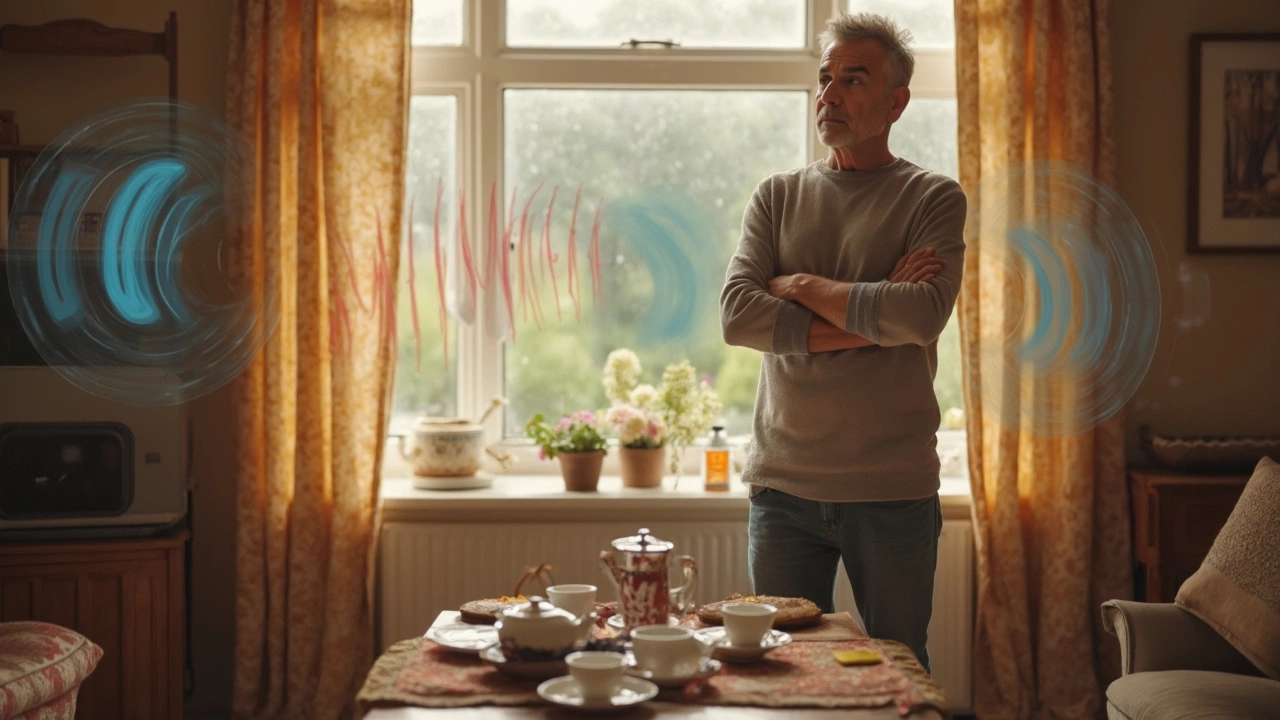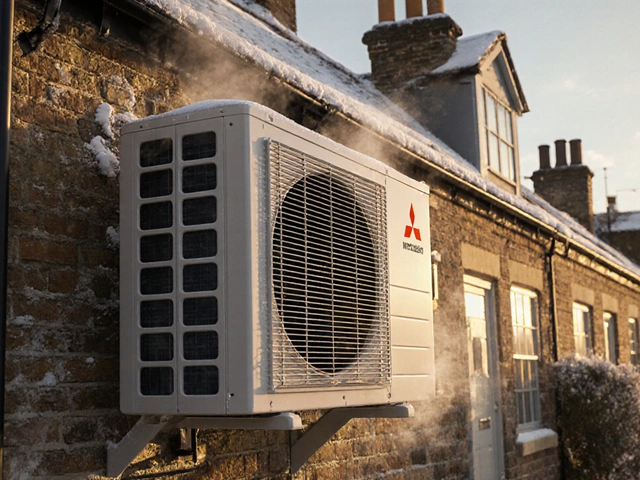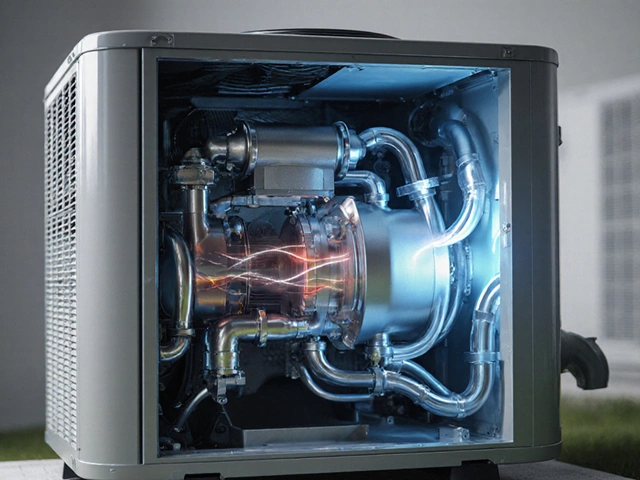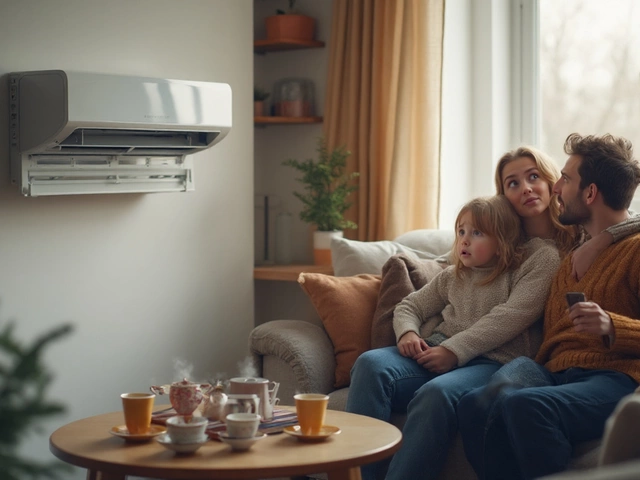Ever notice your heat pump humming along but your living room still feels chilly, or maybe sweltering? You’re not alone. The number one problem heat pump owners bump into: the unit’s running, but it simply isn’t heating or cooling the way it should. It’s usually not a total breakdown—just stubbornly lukewarm air when you want heat or disappointing cool air in summer.
This isn’t a high-tech mystery. Most of the time, the issue comes down to airflow. If air can’t move through your system the way it's supposed to, you’re going to feel it (or, better put, not feel much at all). And here's the kicker: the most common reasons behind weak airflow are things you can spot fast. We’re talking clogged filters, dirty coils, or a thermostat with a mind of its own.
Quick fact—swapping out or rinsing a filter usually takes less than five minutes. My kid Callista helped me do ours last fall, and even she was surprised how much gunk was stuck in there. And yeah, if your filter is overdue for a change, even the fanciest heat pump will struggle.
- Not Enough Heating or Cooling
- Dirty Air Filters and Blocked Coils
- Thermostat Troubles
- Easy Fixes and Preventive Tips
Not Enough Heating or Cooling
If your heat pump is running but your house feels way off from the temperature you set, you’re definitely not the only one scratching your head. This problem pops up more often than you’d think. The basic idea behind any heat pump is simple: move heat from one place to another, either warming you up or cooling things down. When the system fails to keep up, it usually boils down to a handful of common issues.
First, let's clear up a myth—most heat pumps do not instantly blast hot or cold air like traditional furnaces or central AC systems. Instead, they work gradually. Still, if you’re left wrapping yourself in an extra hoodie or sweating on the couch, something’s not right.
Here’s a quick peek at how often people call technicians for "not enough heating or cooling" compared to other issues:
| Problem | % of Service Calls |
|---|---|
| Insufficient Heating/Cooling | 48% |
| No Power | 22% |
| Odd Noises | 15% |
| Leaks | 10% |
| Other | 5% |
Why does this happen? The most common cause is restricted airflow, often from a clogged filter, blocked vents, or dirty coils. Another biggie: the outside unit is covered in debris, snow, or leaves. If your unit’s outside, check it—Last winter, mine was basically wearing a coat of pine needles, so no wonder it wasn’t heating properly.
- Don’t ignore that blinking thermostat or weird system messages—this is often your heat pump’s way of waving a red flag.
- If the system’s in "defrost mode" on a chilly morning, that’s normal, but it should switch back pretty quickly.
- When outdoor temps dip below freezing, expect less heat output—on super cold days, the backup heat (if you have it) does more of the work.
If you feel the air flow is weak or the temperature never quite reaches the setting you want, those are classic signs of a heat pump repair problem worth checking out before things get worse.
Dirty Air Filters and Blocked Coils
If your heat pump starts blowing weak air or suddenly can’t keep up with outside temps, dirty filters and blocked coils are probably to blame. This happens more often than you’d think—and it’s one of the top reasons people need heat pump repair in the first place.
When filters fill up with dust, pet hair, or just general grime, air can’t move through the system right. Same goes for coils, which are the parts that manage air temperature. If these get covered in dirt, ice, or even leaves, your heat pump has to work harder, which means higher bills and slower heating or cooling.
Here’s what can happen if you skip regular checks:
- Rooms that never get quite warm or cool enough
- A system that runs almost non-stop
- An obvious spike in your energy bill (nobody likes that!)
- Weird noises or even bad smells coming from vents
According to the Department of Energy, changing a clogged filter can lower your heat pump’s energy use by 5-15%. That’s real savings—enough to notice on your next bill.
| Problem | What You’ll Notice | Simple Fix |
|---|---|---|
| Dirty Air Filter | Low airflow, stuffy rooms | Replace or clean the filter every 1-2 months |
| Blocked Coils | Heat pump runs more, ice build-up | Turn off unit, brush off dirt/leaves, or call a pro for deep cleaning |
Don’t wait for your house to feel weird before you check the filter. I set a reminder on my phone every six weeks, and my daughter Callista helps swap it out. If you see dust collecting, or if the filter looks gray or brown, it’s time for a new one. For coils, a soft brush and a gentle hand do the job, but if they look iced up or clogged, call an HVAC tech. It beats paying for major repairs down the line.
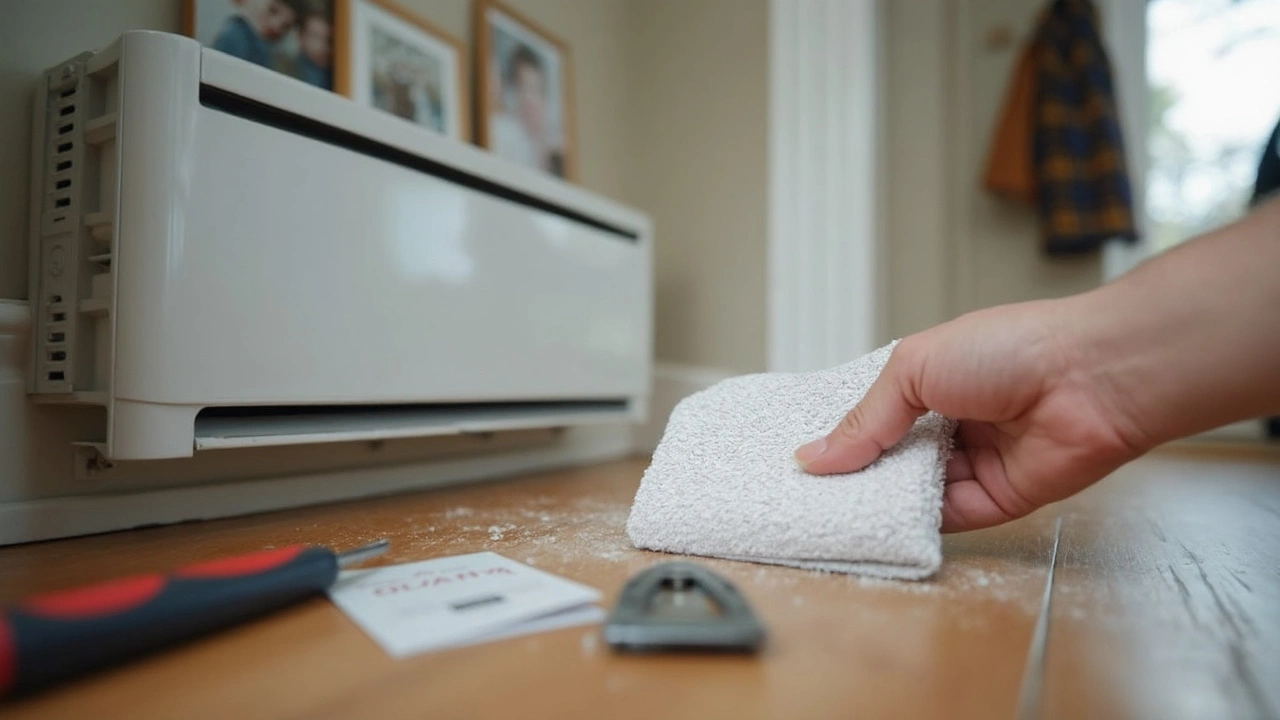
Thermostat Troubles
If your heat pump isn’t behaving right, don’t overlook the thermostat. It bosses the whole system around. If it’s set wrong or just not working properly, your heat pump won’t know what you really want—warmer or cooler air.
Here’s a simple truth: About 40% of no-heat or no-cool calls turn out to be something as basic as an incorrect thermostat setting or a dead battery. I’ve made that mistake myself—turning the dial the wrong way and wondering why nothing’s happening. Sometimes the display is dim, or there’s a blinking battery icon, but nobody notices it until the room starts to freeze.
- Double-check the temperature setting. Make sure it’s on the right mode—heat, cool, or auto.
- If it’s a programmable thermostat, verify the schedule matches your actual routine. Kids like Callista sometimes hit random buttons—schedules get scrambled fast.
- Change the batteries if it’s not hardwired. Skipping this step can shut the whole thing down when you least expect it.
- Try resetting the thermostat according to the manual. Some units get stuck, and a reset does the trick.
- Watch out for the location. If the thermostat sits in direct sunlight or near heat sources, it can misread the room’s temp and throw the system off.
Another thing: if your old thermostat isn’t compatible with your heat pump, it can really mess with efficiency. Always check that yours supports the heat pump repair functions—especially if you upgraded recently or did some DIY wiring.
Still having problems? Sometimes it’s not user error—thermostats can malfunction with age or after power surges. Replacement units cost less than most service calls, so don’t be afraid to swap it out if yours seems flaky.
Easy Fixes and Preventive Tips
The first thing to do with a heat pump that’s not living up to its name: check the air filter. Dirty filters block airflow and kill efficiency. Most pros recommend swapping these out every 1-3 months, even more often if you’ve got pets or dust issues at home. Just pop out the old filter, slide in a new one, and you’re already ahead of most heat pump repair calls.
Next up is the outdoor unit. Grab a flashlight and look for leaves, grass, or any junk crowding the fins and coils. Give that stuff a good brush-off. If those coils look dirty, gently hose them down (just don’t go wild with the water pressure). Keeping this area clear lets your heat pump breathe and run better all year.
Thermostats act up more than people realize. Make sure yours has fresh batteries and isn’t blocked by anything—sometimes, a lamp or TV blowing heat will trick it into reading the room temp all wrong. Don’t forget to double-check your settings. You’d be surprised how many folks accidentally set their system to "fan only" or the wrong cycle.
Here are a few easy steps for keeping things running smooth:
- Change or rinse your air filter every season.
- Keep at least two feet clear around the outside unit.
- Check your thermostat batteries twice a year.
- Sign up for a simple annual heat pump check—catching problems early saves cash in the long run.
The U.S. Department of Energy puts it plain:
"Proper maintenance of your heat pump can lower your energy use by 10% to 25%."Skipping that filter swap or forgetting to trim the bushes around your outdoor unit isn’t just bad for comfort—it’ll cost you money, too.
Spending a couple of minutes every month can keep your heat pump running strong, whether it’s the dead of winter or a blazing summer day. If you hear grinding, rattling, or you just can’t figure out what’s wrong, call in a professional before it gets worse—no shame in that; even seasoned homeowners get stumped sometimes.

